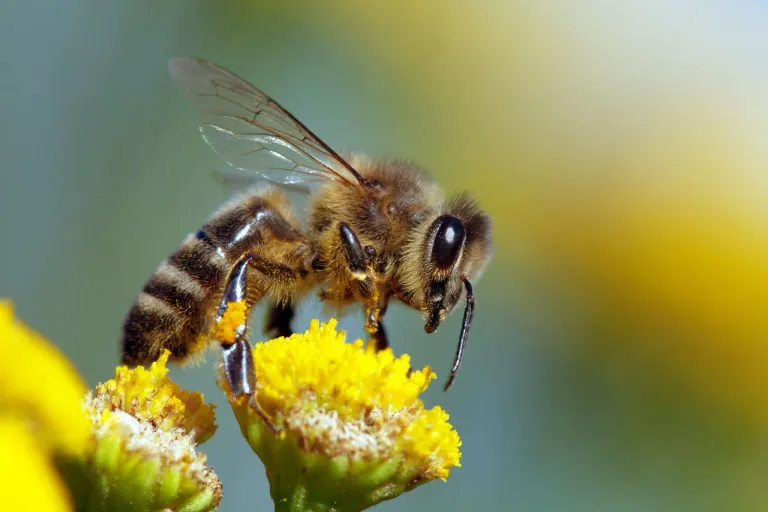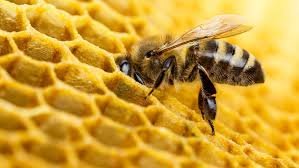| Vc sabia que as abelhas visita 10 flores por minuto em busca do pólen e do néctar ela faz, em média, 40 voos diários, pousando em 40 mil flores. Uau e vc ai sedentario reclamando de uma caminhada diaria de 10 minutos, Com a língua, a abelha recolhe o néctar das flores e o guarda numa bolsa localizada no fundo da garganta. Depois, ela volta para a colmeia e o néctar vai passando de abelha para abelha. A água evapora, o néctar engrossa e se transforma em mel. Uma abelha produz 5 gramas de mel por ano. Para produzir um quilo de mel, as abelhas precisam visitar 5 milhões de flores. rainhas naswcem ao mesmo tempo entao elas tem uma feroz luta ate que uma delas morra e entao um é nomeada rainha, as rainhas podem viver ate 2 anos enquanto os operarias cerca de 1 mes e meio. apenas as abelhas fêmeas trabalham. A única missão dos machos é fecundar a rainha. Depois de cumprirem essa missão, eles não são mais aceitos na colmeia. Ficam de fora até morrer de fome.As abelhas-rainhas põem 3 mil ovos num único dia. | Did you know that bees visit 10 flowers per minute in search of pollen and nectar? They make, on average, 40 flights a day, landing on 40,000 flowers. Wow, and you are sedentary complaining about a 10-minute daily walk. Using its tongue, the bee collects nectar from flowers and stores it in a bag located at the back of its throat. Then, she returns to the hive and the nectar passes from bee to bee. The water evaporates, the nectar thickens and turns into honey. A bee produces 5 grams of honey per year. To produce one kilogram of honey, bees need to visit 5 million flowers. Queens are born at the same time so they have a fierce fight until one of them dies and then one is named queen, queens can live up to 2 years while workers live for about 1 and a half months. only female bees work. The males' only mission is to fertilize the queen. After completing this mission, they are no longer accepted into the hive. They stay out until they die of hunger. Queen bees lay 3,000 eggs in a single day. |




